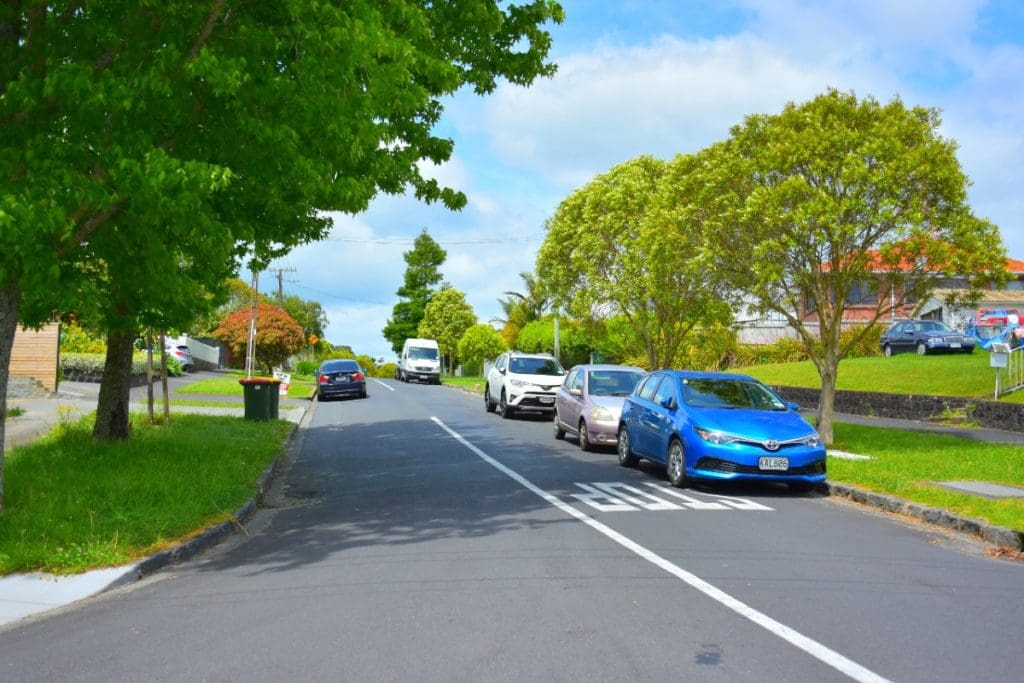Auckland Parking Strategy Proposes More Space for Active Transport

Auckland, New Zealand
Auckland residents will be invited to comment on a new parking strategy that would give micromobility and public transport priority over parking in the allocation of space along the city’s arterial roads.
City of Auckland councillors last month endorsed several objectives and principals underpinning the draft 2022 Parking Strategy, which sought to manage road space to assist the safe and efficient movement of people, goods and services.
An Auckland Transport Board report to the council’s Planning Committee meeting on November 4 said the highest priority for the allocation of kerbside road space should be given to safety and strategic transport networks, including public transport, cycling, walking, freight and general traffic.
“To support future development of Auckland’s transport network and achieve Council objectives (and government policy), the allocation of road space will need to change over time. This means Aucklanders cannot rely on the public realm for longer-duration storage of vehicles and land use should provide for its own longer-duration parking and servicing needs,” according to the Planning Committee’s resolution.
According to the transport board report: “A review of our current strategy is needed to enable the management of parking assets and road corridor space to contribute more effectively to Council’s strategic goals relating to greenhouse gas emissions and mode shift, and to respond to government policy.
“There is a significant opportunity to use this tool to change how we think about the use of road space and how we allocate this precious asset to make room for all modes.”
Auckland Transport will now put the draft 2022 strategy on public exhibition and it is expected to go back to the council Planning Committee, incorporating community feedback, in early 2022.
Staggered implementation
The draft proposes tailoring when and how the policy’s objectives are implemented in different parts of the city.
“Pro-active parking management should occur first in the areas with greatest readiness for change and then roll outwards,” the Planning Committee resolution says.
“The highest level of pro-active parking intervention, which will focus on reducing car use for all trip purposes, should occur in areas with the greatest capacity and readiness for change, while the next level of intervention will focus on encouraging a shift to more sustainable modes for commuting.
“Parking management in each area will be updated over time as the public transport and active modes networks are improved and land use changes.”
It says parking management would also continue to be applied reactively across Auckland in response to areas of high parking demand or other issues that impact the transport network.
Auckland’s Climate Plan outlines the need for Auckland to reduce its transport-related emissions significantly, to meet a target of 64% reduction by 2030.
According to Auckland Transport, the city also had a high proportion of residents without a driver’s licence.
“Despite the high level of car dependence, about one third or 34% of Auckland’s population are not licensed to drive, so are dependent on lifts from others and on other modes such as walking, bike riding and public transport,” it says.
“It will be important for on-street car parking to make way for improvements in the alternative modes as street treatments like bus lanes and protected bike paths are implemented across more of the road network.”
Join the Conversation:
Are there any other cities where this approach to the allocation of road space should be applied?
